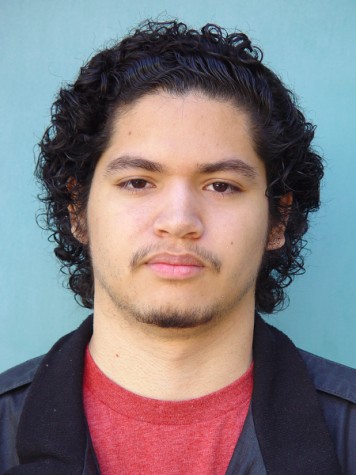The board of trustees has until Saturday to sign a letter of interest which would allow a developer to conduct a study on the construction of proposed on-campus housing for international college students.
The feasibility study is an exclusive one-year negotiation agreement prepared by WAM Development Group, which would invest between $25 million and $30 million on this project.
Not everyone supports the proposed plan.
“I really feel bad for us to even give an inch of this college to a private entity that is doing this for profit,” said board of trustee member Armine Hacopian. “Leasing this college for a dollar to someone is absolutely unacceptable to me.”
Some of the major concerns for the proposed plan are the cost, impact on neighbors, issues around ownership of buildings, safety issues around child development centers, limited resources and facility management.
However, a benefit of having more international students on campus is that the college gets more revenue. International students pay $145 more per unit than resident students, money that stays in GCC’s pocket rather than going to the state.
There would be no consequence to the district if they decided that building on-campus housing is not what they want to do after they gather information from the developer.
“The results of the survery are critical in order for the board and all governance committees to understand the proposed project and craft a recommendation that is in the best interest of all students,” said board of trustee member Anita Quinonez Gabrielian.
The survey would answer specific questions, such as how much a student has to pay for a bed and how many rooms there would be.
Executive Vice President of Administrative Services Ron Nakasone said that most of the college’s international students have come from Japan, but recently has shifted to South Korea.
“Increasing our non-resident enrollment will provide additional revenue to the college that we can then use to reduce the amount of cuts [from the budget] we have to make,” Nakasone said.
In the current proposal, the college would not have to put up any money for the construction. Outside private financing would build the facility and lease it out to students, which is how the investor would make its money back.
According to superintendent/president Dawn Lindsay, the question of having on-campus housing was not an issue until around June this year, when Korean families showed concern over safety and housing needs.
There are currently 500 F-1 students, with 110 to 120 of them from Korea.
ASGCC President Suzanna Sargsyan said that the dorms would be open to resident Glendale College students after all the international students’ needs have been met.
“If executed correctly, I think it would be a good plan for international students,” said Sargsyan. “We have a high population of Korean students here, and for them it’s difficult to find housing around the campus.”
Director of international recruitment and outreach David Nelson, who has more than 25 years of experience in international higher education, 11 of which were with GCC, has built an extended network of contacts overseas and domestic and has also worked closely with third-party education companies who refer to the college’s programs.
“Many people outside the niche industry of enrolling international students do not realize how competitive the market place is for qualified international visa students, not just domestically but worldwide,” said Nelson. “I am literally competing, not just against PCC and the University of Santa Monica, but colleges in Washington State, on the East Coast and other prominent developed, country systems worldwide.”
Most of the international students come from Asian countries; similar to most institutions nationwide who recruit international students. More than 60 percent of the international students in this country come from East Asia and south/southeast Asian countries.
“Having international students on-campus and being enrolled full-time is a distinct benefit to the entire campus community and the local economy,” said Nelson. “These students add diversity, a global approach to the classroom and outside extra-curricular activities, bring exposure to GCC, and even add much-needed tuition revenue to the district’s budget.”
The college’s top countries have historically been Japan, South Korea, China, Taiwan, Vietnam, Indonesia, and the Philippines.
“The proposal is still going through its preliminary stages, so it is hard to make a full assessment at this time,” said Nelson. “The idea of on-campus housing or an ‘international house’ concept for Glendale would be positive, and would potentially boost our recruitment and outreach efforts for these students.”
Initially, the developers were interested in the parking lot across the street from the campus by the Mobile gas station. Then they shifted their attention to the parking lot on the north of campus.
Currently, there are 11 community colleges in northern California that have on-campus housing. However all of those colleges are larger than Glendale.
Sierra College is 311 acres, Shasta College is 337 acres, and Reedley College is 420 acres. Glendale College is 100 acres. The dormitories on those colleges are not always on the main campus.
For now, the board will proceed with the assumption that the housing will be built on campus property.
The decision to sign the letter of intent will be based on whether on-campus housing would be a benefit to students or not in the long run.
The deadline for foreign students to apply for Spring 2012 is December 1. For more info, email [email protected].

